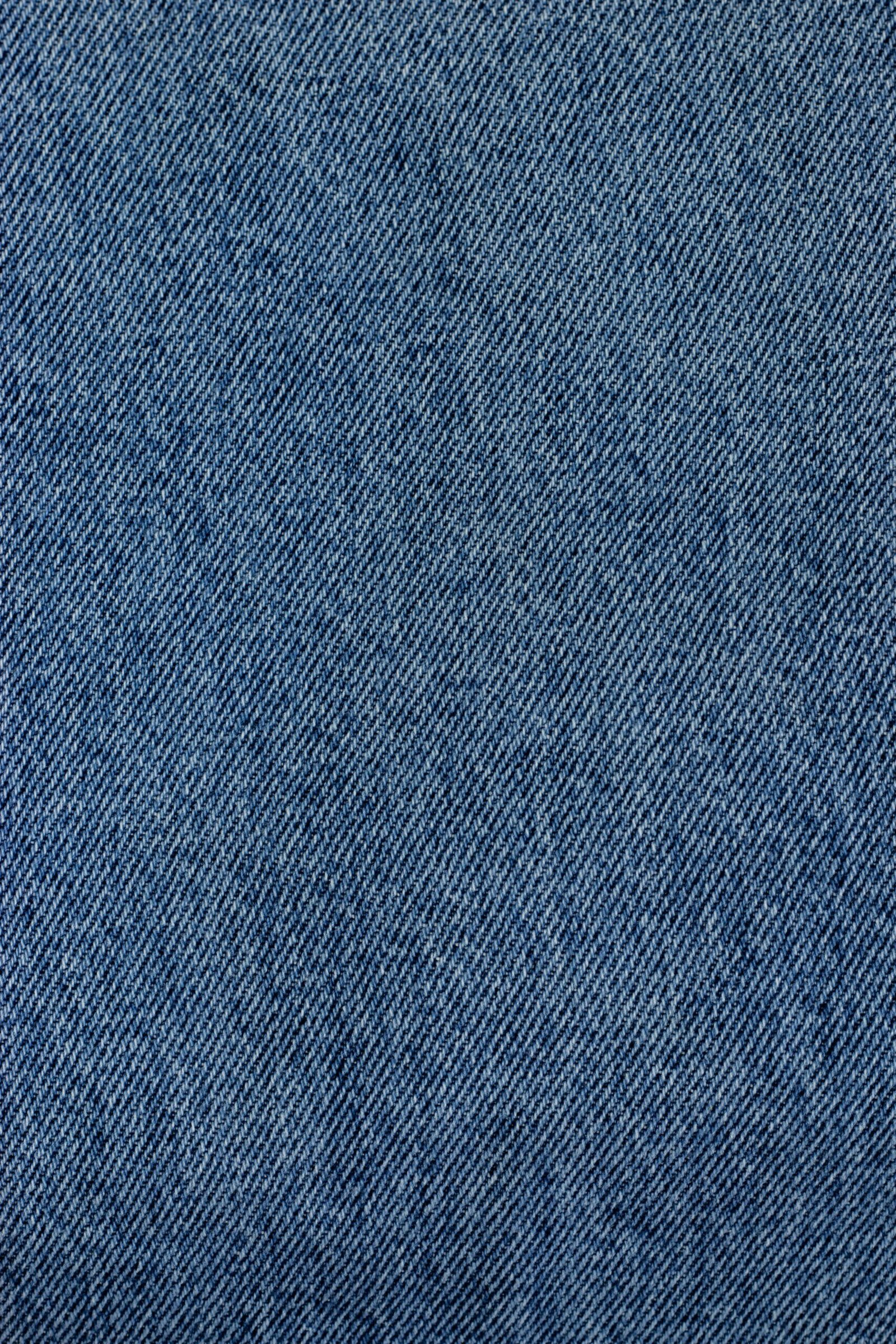Denim, a versatile and durable fabric, has come a long way since its humble beginnings as workwear for miners and cowboys. Today, it has become a wardrobe staple for people of all ages and walks of life. The evolution of denim is a fascinating journey that reflects the changing fashion trends and cultural shifts throughout history.
The Birth of Denim
The story of denim begins in the late 18th century in the city of Nîmes, France. A fabric called “serge de Nîmes” was popular among European sailors due to its durability. This fabric was eventually shortened to “denim.” However, it wasn’t until the mid-19th century that denim gained popularity in America.
Levi Strauss, a German immigrant, played a pivotal role in the rise of denim. In 1873, Strauss and his business partner, Jacob Davis, patented the first pair of blue jeans with copper rivets for added strength. These jeans were initially designed for miners and laborers who needed sturdy clothing for their demanding jobs.
Denim Goes Mainstream
In the early 20th century, denim began to transition from workwear to casual wear. Hollywood played a significant role in popularizing denim as actors like Marlon Brando and James Dean wore jeans in their films, portraying a rebellious and rugged image. This association with youth culture and non-conformity helped denim gain mainstream appeal.
During the 1950s and 1960s, denim became a symbol of counterculture movements such as the Beatniks and the Hippies. It was seen as a rejection of traditional fashion norms and a statement of individuality. Denim jeans were now being worn by both men and women as a form of self-expression.
Denim in High Fashion
In the 1970s, denim made its way into the world of high fashion. Designers like Calvin Klein and Gloria Vanderbilt introduced denim jeans with designer labels, elevating the status of denim from casual wear to a fashion statement. Denim was no longer limited to just blue jeans; it came in various colors, washes, and styles.
Throughout the 1980s and 1990s, denim continued to evolve with the introduction of stone-washed, acid-washed, and distressed jeans. The grunge movement of the 1990s further popularized ripped and faded denim, giving it a worn-in and edgy look.
Denim Today
Today, denim is a wardrobe staple for people around the world. It is no longer limited to just jeans; denim jackets, skirts, dresses, and even accessories have become popular choices. The versatility of denim allows it to be dressed up or down, making it suitable for any occasion.
Denim has also become more sustainable in recent years. With a growing awareness of the environmental impact of the fashion industry, many brands are now producing denim using eco-friendly practices. This includes using organic cotton, reducing water usage, and implementing recycling programs.
The Future of Denim
As fashion continues to evolve, so does denim. We can expect to see new innovations in denim technology, such as stretch and moisture-wicking fabrics, to enhance comfort and performance. The concept of customization and personalization is also gaining popularity, allowing individuals to create unique denim pieces that reflect their own style.
Despite the ever-changing trends, denim will always remain a timeless classic. Its durability, versatility, and iconic status make it a fabric that will continue to be cherished and reinvented for generations to come.
